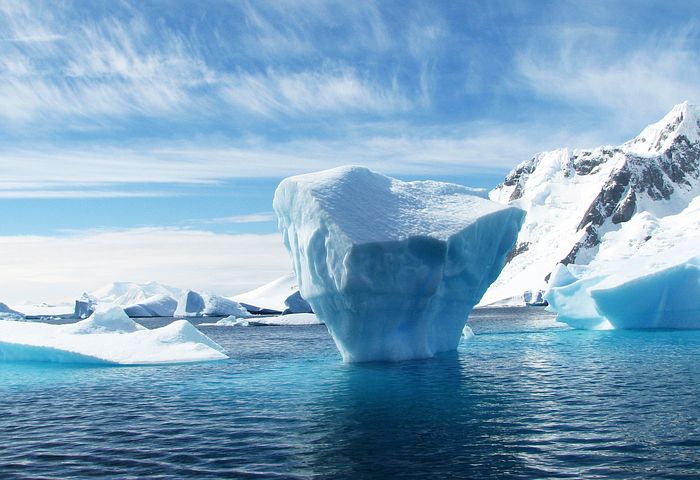
It’s happening now
The Arctic and Antarctic Regions are unique because of their location on Earth and ICE is their dominant feature. Ice is an amazing substance but as Daniel Glick states in his article ‘The Big Thaw’:
‘Everywhere on Earth ice is changing. The famed snows of Kilimanjaro have melted more than 80 percent since 1912. Glaciers in the Garhwal Himalaya in India are retreating so fast that researchers believe that most central and eastern Himalayan glaciers could virtually disappear by 2035’.
‘Arctic sea ice has thinned significantly over the past half century, and its extent has declined by about 10 percent in the past 30 years. NASA’s repeated laser altimeter readings show the edges of Greenland’s ice sheet shrinking. Spring freshwater ice breakup in the Northern Hemisphere now occurs nine days earlier than it did 150 years ago, and autumn freeze-up ten days later’.
‘Thawing permafrost has caused the ground to subside more than 15 feet (4.6 meters) in parts of Alaska. From the Arctic to Peru, from Switzerland to the equatorial glaciers of Irian Jaya in Indonesia, massive ice fields, monstrous glaciers, and sea ice are disappearing, fast’.
And let’s not forget Antarctica where the ice in the glaciers of West Antarctica are melting twice as fast as expected. Even East Antarctica which was thought to be less susceptible to melting may now be going down the same path but there is not enough data yet to be sure.
The Inupiat language (an Eskimo language) has words that describe many kinds of ice. Piqaluyak is salt-free multiyear sea ice. Ivuniq is a pressure ridge. Sarri is the word for pack ice, tuvaqtaq is bottom-fast ice, and shore-fast ice is tuvaq.
We also have our own descriptions of the various types of ice, young ice, gray ice, gray-white ice, thin first year, thick first year and others.
I hope that in the world a century from now people will still have words to describe ice.

